How to Make a Subway Map with John Tauranac
Hear from an author and map designer who has been creating maps of the NYC subway, officially and unofficially, for over forty years!


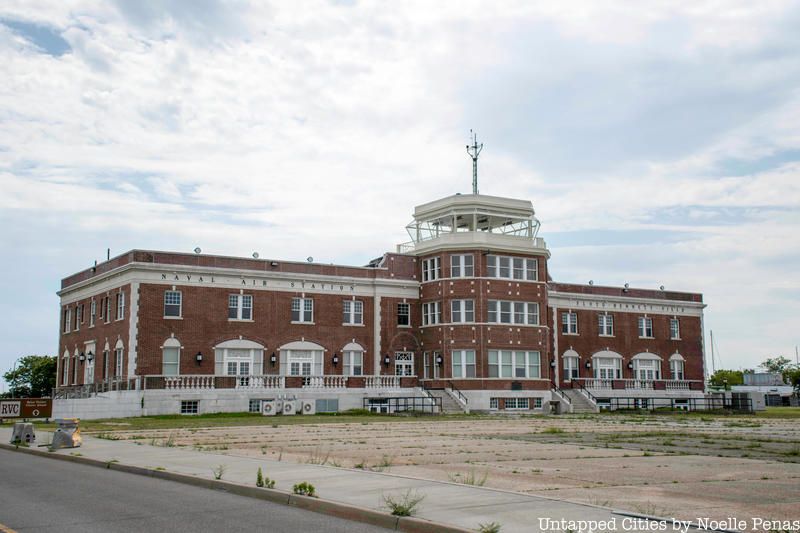
Nestled deep in Brooklyn on Barren Island sits Floyd Bennett Field. The once legendary airport opened in 1931 as New York’s first municipal airport and for decades sat relatively abandoned since the Navy deactivated in the site in 1971. The field has been used by some of histories greatest characters like Amelia Earhart and Howard Hughes, and was listed on the National Register of Historic Places in 1980. With this kind of a storied history, the airfield naturally lends itself to having a few secrets.
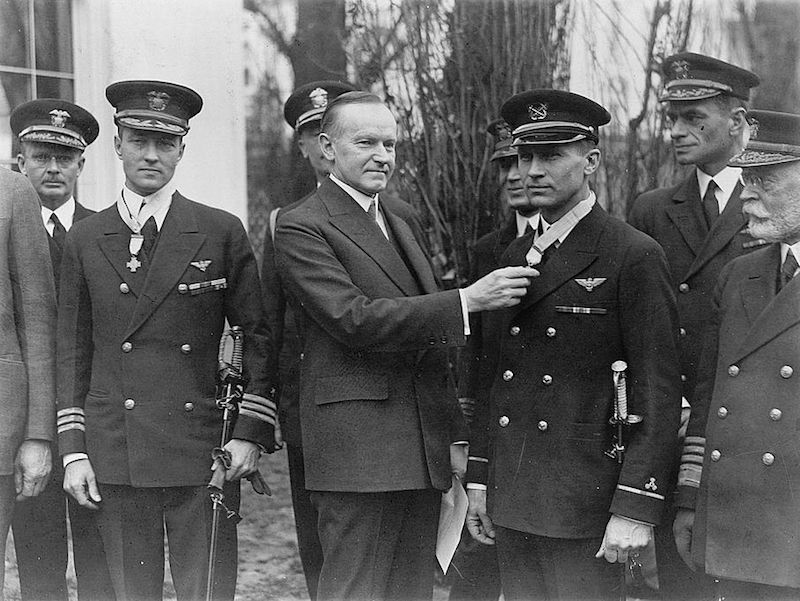
Bennett Receiving the Medal of Honor. Photo from Library of Congress from Wikimedia Commons.
Floyd Bennett Field is named after, well, Floyd Bennett, who was, appropriately for the purposes of the field, a pilot. Born in Warrensburg, New York during the 1890s, Bennett served as an aviator during the first World War where he gained enough notoriety to be recruited to pilot an expedition to the North Pole.
The expedition was funded by some well-known names including John D. Rockefeller, Jr. and Vincent Astor who managed to drum up so much excitement for the journey that upon his return Bennett was hailed as a true American hero and awarded the Medal of Honor. He was the first man to fly to the North Pole after all. The only problem is he might not have completely made it.
Despite his claims otherwise, a posthumous examination of flight logs revealed something troubling; erased, yet legible, sextant readings showing he never actually reached the pole. Although it is impossible to prove completely, there is enough evidence to support the idea that the namesake of Floyd Bennett Field may have just been lying about his biggest accomplishment.
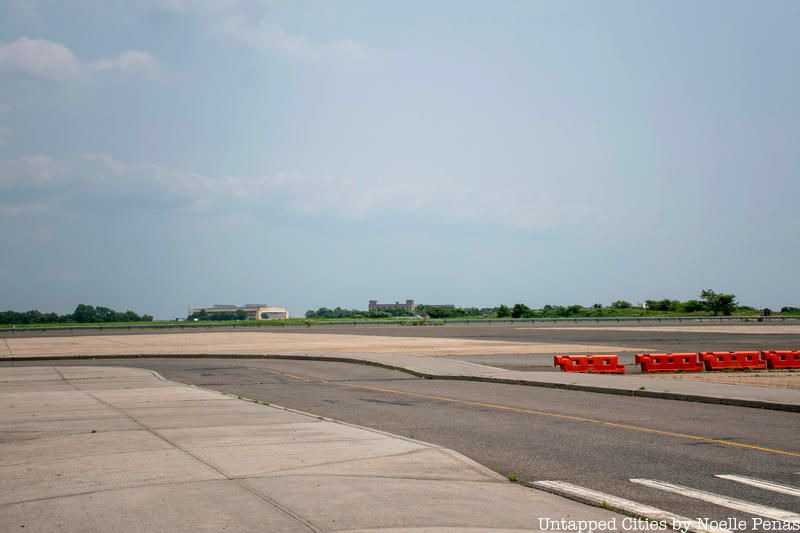
In 1938, Douglas Corrigan was supposed to leave Floyd Bennett Field and end his journey in Los Angeles; however, he somehow got turned around and ended up in Ireland instead, earning him the nickname “Wrong Way” Corrigan. While this may seem like an astronomical mistake, Corrigan knew exactly what he was doing. He had been trying to get approval for a transatlantic flight to Ireland for years but no one thought he could do it.
Lacking funds and permission, he decided to take the matter into his own hands. Leaving Floyd Bennett Field during a Howard Hughes event, Corrigan was instructed by the owner of the airport to take off of any runway, as long as it wasn’t pointed west, and then knowingly whispered, “Bon Voyage” in the young pilot’s ear.
With the owner’s unspoken support, Corrigan took off and 28 hours 13 minutes later landed in Ireland, having consumed two chocolate bars and a couple boxes of fig bars on the way over. Despite his adamant assertion that he had made an honest mistake, the country knew the truth and cities from New York to Chicago threw ticker tape parades to honor the lovable rogue.
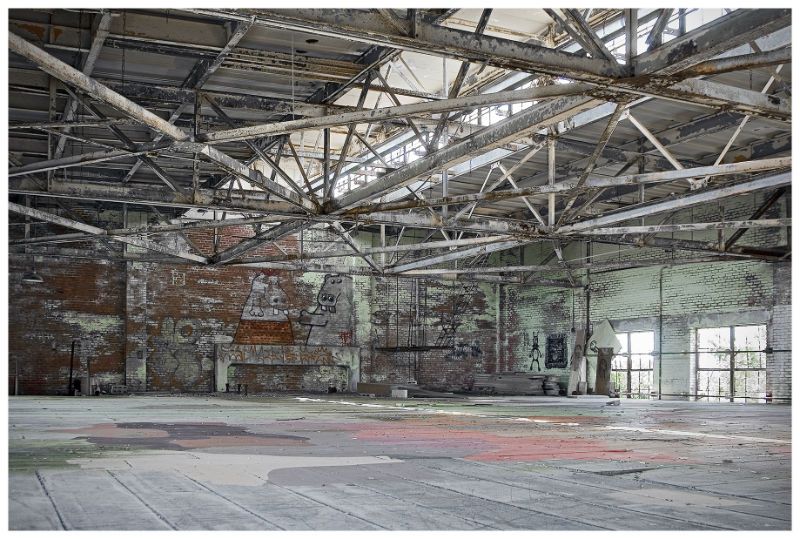
Photo by Aaron Asis
On July 14, 1938 at 2:34 PM, Howard Hughes and his four companions completed a circumnavigational flight around the world in 3 days 19 hours 14 minutes and 10 seconds, shaving off off 3 days 23 hours 35 minutes from Wiley Post’s record-breaking flight in 1933. For Floyd Bennett Field, this was nothing new since it was a popular airfield for pilots looking to break records. Between 1931 and 1939, 26 around the world or transatlantic flights started or ended at Floyd Bennett Field.
Hughes’ flight started at Floyd Bennett Field on Sunday July 10 at 7:20 PM, and finished at the same field, making stops in Paris; Moscow, Yakutsh, Omsk, Russia; Fairbanks, Alaska; and Minneapolis, Minnesota. Hughes and his crew flew at Lockheed 14 Lodestar Monoplane, the primary sponsor of the New York World’s Fair in 1939, for which Hughes was an aeronautical advisor.
The iconic flight and life of Hughes was the subject of Martin Scorsese’s 2004 film, The Aviator. Hughes’ record stood for 49 years until a group of three French pilots and one Canadian beat it by 2 hours and 29 minutes in 1987.
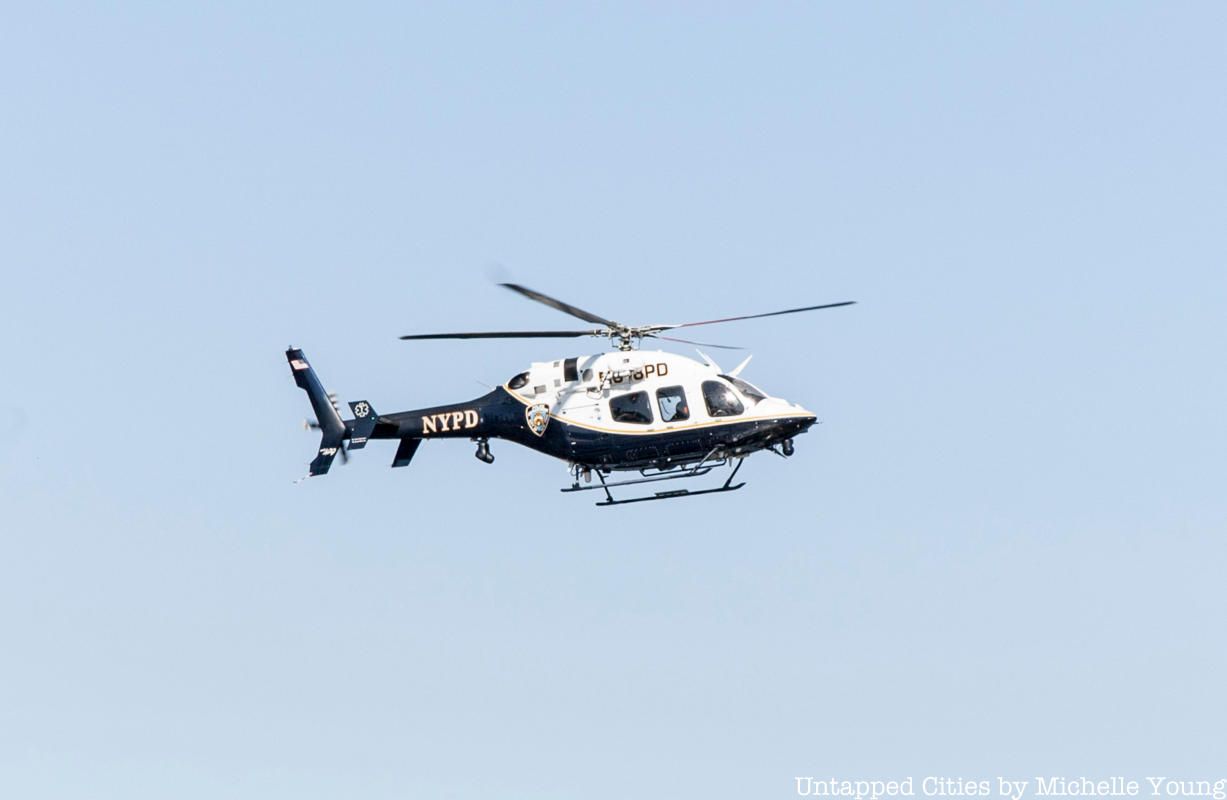
Although aviation uses at Floyd Bennett Field were primarily military, it was temporarily home to the New York City Police Department Aviation Unit. Established in 1929, it is the world’s first and oldest police aviation unit, which operated at the airport out of Hangar Row.
The unit occupied hanger 3 and expanded into hangar 4 before relocating to the former Coast Guard Air Station in 1998. At the time of its establishment, the unit was comprised of fixed-wing aircraft, before adopting the helicopter in 1948. It later became an all-helicopter unit in 1954.
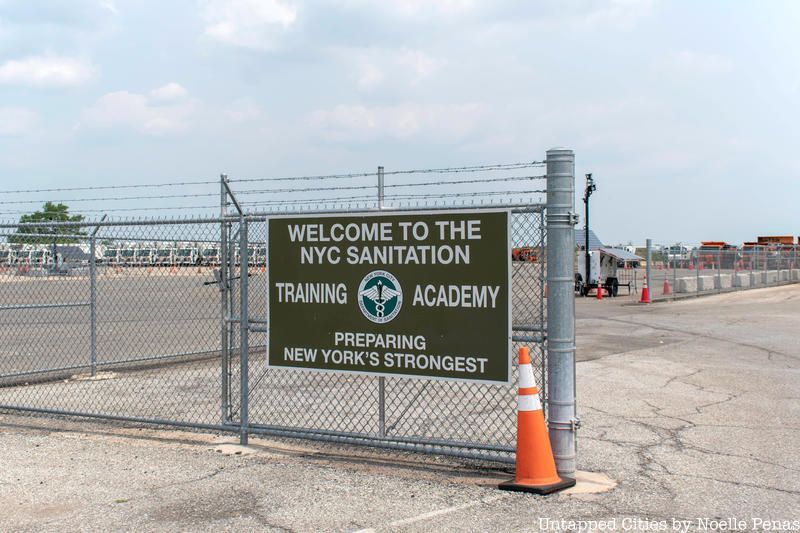
The New York City Department of Sanitation houses their training facility on Floyd Bennett Field. The training academy was created in 1950 even though workers have been formally trained since the early 20th century.
According to a profile done by the New York Times, the Sanitation Department trains about 450 people before the snow season comes in training sessions lasting four weeks at a time. The empty runways and large hangars allow trainees to learn to load, dump, and drive the massive garbage trucks between rows of orange cones.

When Floyd Bennett Field was still a functioning airport, it boasted an incredible terminal in the art deco style. It housed everything from “The Aviator Bar and Grill” to a radio broadcasting studio and even a cocktail area with a balcony for viewing the airfield. It was built during the height of the flying boom, a time when one still wore a suit or a dress on the plane, when flying was considered luxury not necessity.
However, when the airfield shut down in the 1940s, the terminal fell into disarray. The walls were cracked and the paint was peeling, that was until the National Park Service took control of the airport in the 1970s. They renovated and restored the beautiful terminal, all while keeping its original charm, and turned it into a museum honoring the history of the airport.
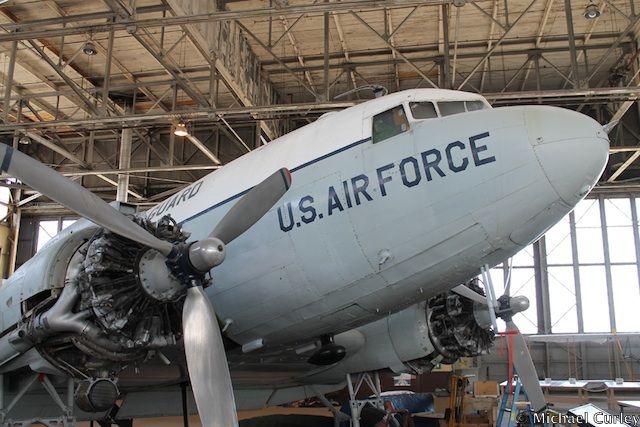
The C-47 Skytrain played a critical role in World War II and was the workhorse of the Allied air effort.
While most of the hangers in Floyd Bennett Field go unused, Hanger B still harkens back to the old days of aviation and wonder. Through HARP (the Historic Aircraft Restoration Project), planes from decades’ past are given new life in this abandoned hanger. Thanks to a team of devoted volunteers, these planes are tirelessly worked on, researched, and preserved all to keep history present and let the general public interact with the past.
Every Tuesday, Thursday, and Saturday anyone who can make it to Hangar B in Floyd Bennett Field can take a look at these mechanical marvels and the work of these devoted volunteers.

New York is an amazing city unless you’re here to go stargazing. All our beautiful buildings and brilliant street lights may be a sight to behold, but unfortunately, they tend to drown out the light of our stars, which makes the amateur astronomer’s job a little more difficult. But what if you want to live in the city without giving up that great cosmic connection? Well, you go to Floyd Bennett Park.
Away from all the bustle and buildings of the city, the park is bathed in darkness at night making it the perfect place to get a glimpse of the stars. In fact, it’s so nice that the Amateur Astronomers Association of New York meets in the park once a month to look up at the cosmos in wonder. So whether you’re trying to uncover the secrets of the universe or just looking for a romantic place to take a date, give Floyd Bennett Field a shot.
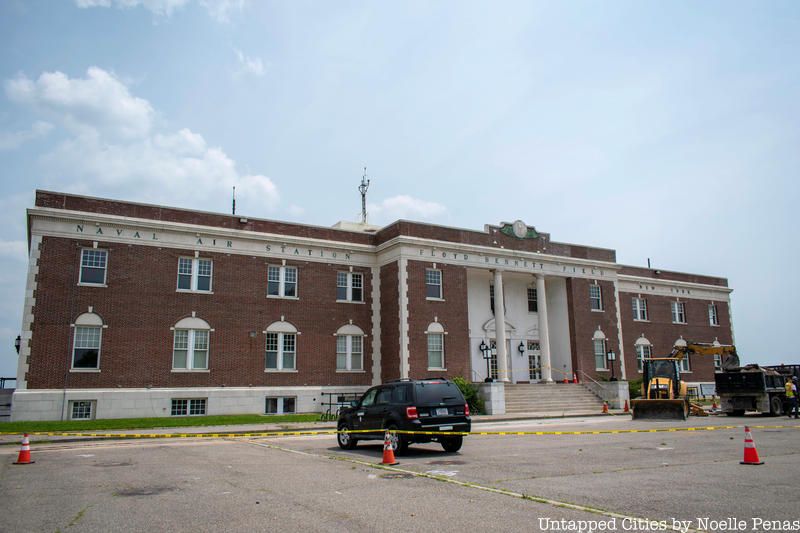
During World War II, Floyd Bennett Field was drastically repurposed. It was no longer a municipal airport, but rather became a Naval Air Station in 1941, a place for the men and women who made and tested planes for pilots fighting overseas. The team working at the station were efficient, reducing the processing time for aircrafts from ten days in 1941 to a meager three by 1943.
Because of this, it quickly grew to become the busiest naval air station in the United States. Although the war is over, some of the facilities at Floyd Bennett Field constructed during its time are still being used by the NYPD and FDNY, mostly as storage space.
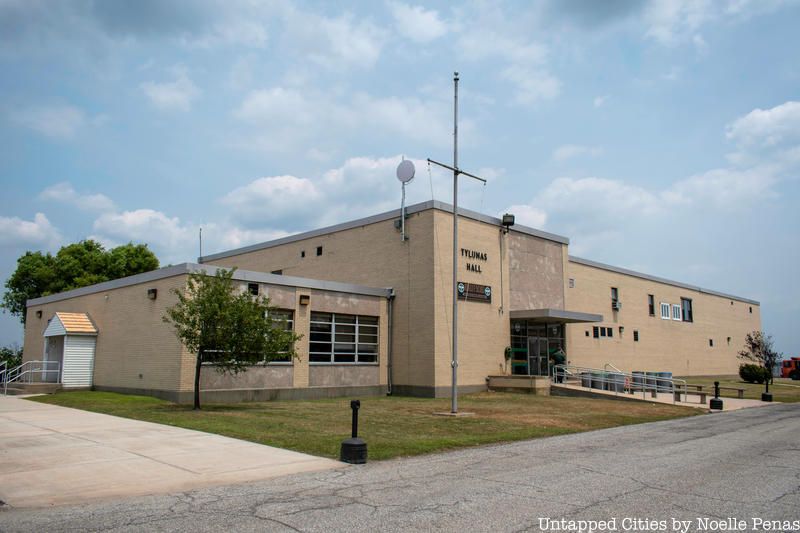
Every summer Tuesday since 1993, New York bikers gather in Floyd Bennett Park for a race. The flat, rough, pavement is hard enough, but when you add in the strong wind speeds it truly becomes a harrowing experience for a biker. Nevertheless, bikers from all across the tri-state area come and participate in the event that consists of a 2.3-mile loop around the field.
Next, see The NYC That Never Was: Midtown’s Dream Rooftop Airport and check out 7 of JFK Airport’s Demolished Jet Age Terminals in NYC.
Subscribe to our newsletter